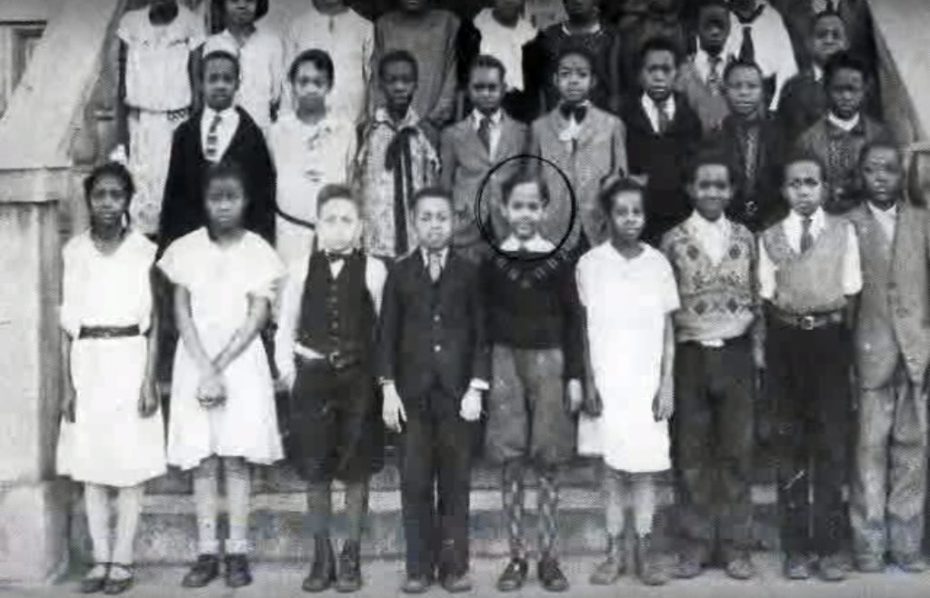The Nine Lives Of Dianne White
St. Louis Magazine
August 2005
Nancy Larson

Photograph by Katherine Bish
“‘Old what’s-her-face–is she still alive?’ About half of you folks thought I was pushing daisies. Well, surprise, surprise–I’m still here.”
That’s the way Dianne White Clatto imagines that fans from her Channel 5 days think about her–if they think about her at all. Still strikingly attractive at 66, the celebrity best known as Dianne White is a living contradiction: accomplished yet self-deprecating, engaging yet shy, religious yet irreverent.
Her career is a study in firsts: White was one of the first African-American students at the University of Missouri. Before the age of 21, she was the first black model for a major St. Louis department store, working for both Stix, Baer & Fuller and Saks Fifth Avenue. Only a few years later, she became the first full-time African-American weathercaster in the nation, at what was then KSD-TV. From the weather map to the anchor desk to live news, reporting from the field, there were few positions she didn’t try during her 26-year television stint.
She’s also enjoyed a semiprofessional singing career with the Russ David Orchestra, helped raise bonds to build the Arch and opened 11 Girls Clubs–all while raising a son, marrying three times and maintaining an enviable social life. Her past also includes a bank scandal that resulted in a federal larceny conviction.
But White never planned to be famous, infamous or even a pioneer. She says every opportunity she had–good or bad–came looking for her. Now a special assistant to Mayor Francis Slay, she begins each morning by telling herself: “This is going to be the most wonderful day!” Laughing, she adds, “which is a bunch of beans and potatoes. But I’m on the right track–I’m trying, right?” Wild optimism, quickly blunted by down-home realism, is an attitude White cultivated growing up as an only child in a poor St. Louis family in the 1940s…
…White was soon ready for her first weathercast, but the question loomed: Was St. Louis in 1962 ready to accept, much less embrace, a black woman on the air?
“How are we going to do this Dianne White thing?” she remembers the station’s decisionmakers wondering. “Were they going to offend the people, or the ones the station was more concerned about than the people–the advertisers?” Even as management debated the impact of her on-air presence, White refused to be stereotyped.
“The application at Channel 5 still had all those boxes about races and what color you are. I checked all the boxes; then, on the back, I wrote ‘G-u-e-s-s!’ I am African American, but I am also Irish and American Indian.”…
Read the entire article here.



